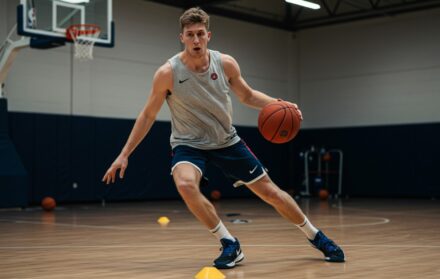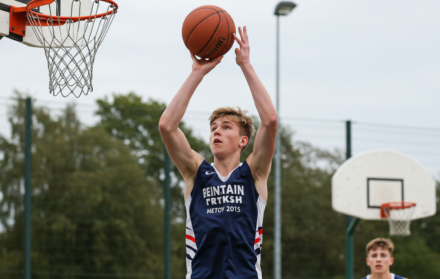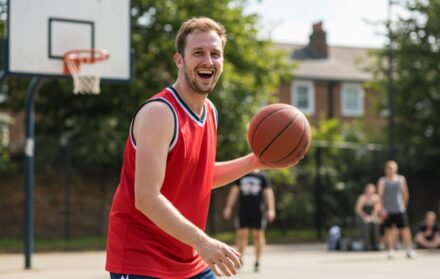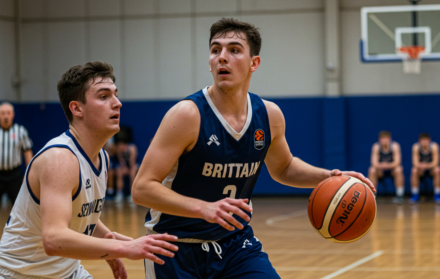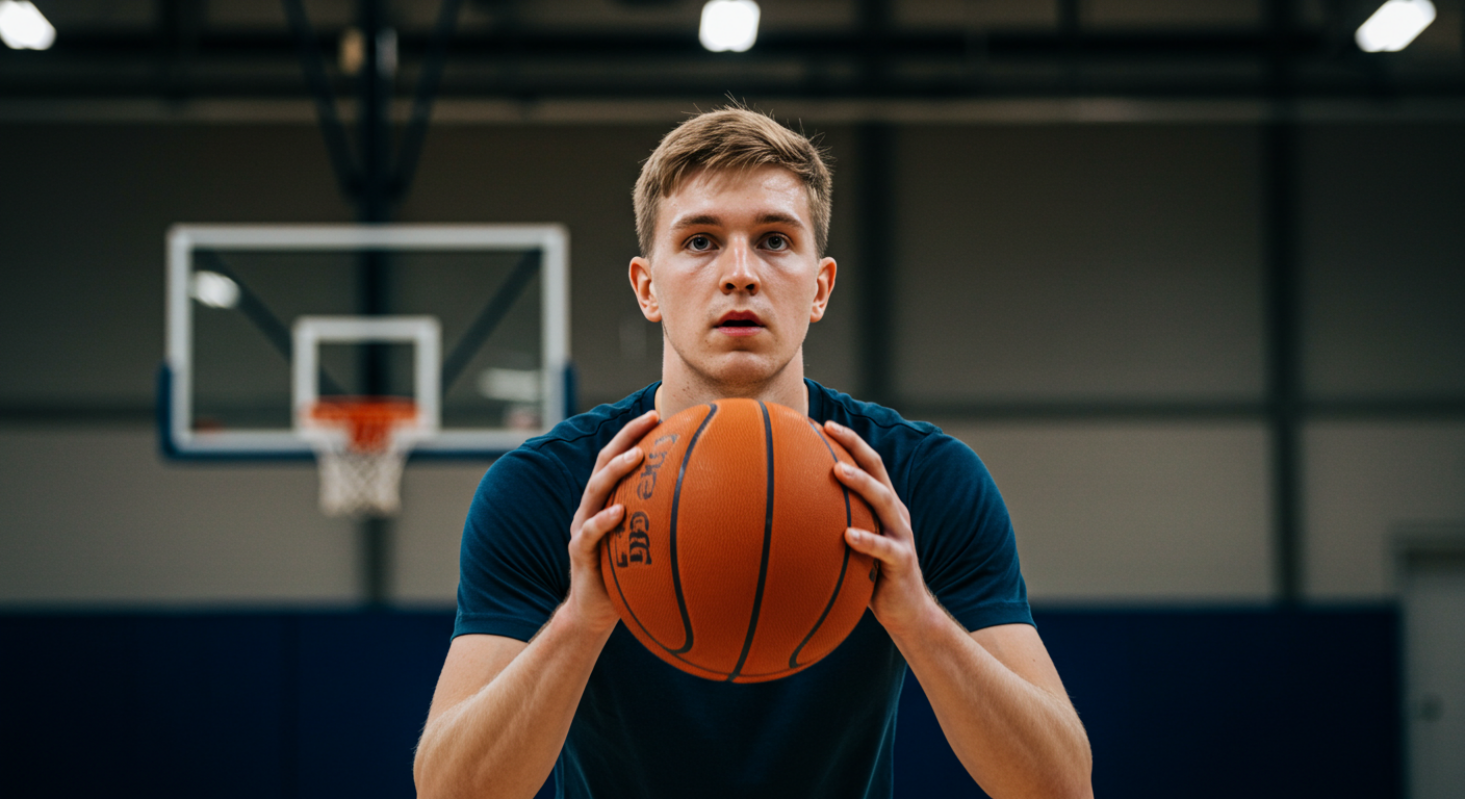
What’s the Best Way to Improve Your Basketball Shot?
In basketball, shooting is often the ultimate separator between a decent player and a great one. Many players have built careers through their ability to score consistently, while others have struggled to make an impact despite strong athleticism or defensive skill.
A classic example is the career transformation of players who were once considered streaky but later became reliable shooters after investing years into refining their technique. Shooting well not only helps you score points but also stretches defences, creates space for teammates, and builds confidence across all aspects of your game.
The question of how to improve a basketball shot has been studied both by coaches and in sports science research. One effective way to improve your basketball shot is to combine sound biomechanics with structured drills, feedback systems, strength conditioning, and mental resilience.
In this article, you will learn about the science behind a good shot, the drills that matter, the role of strength and fatigue, the best ways to measure progress, and the mindset that ensures lasting improvement.
The Science of a Good Basketball Shot: Biomechanics and Kinematics

A basketball shot is a coordinated chain of movements, beginning with foot placement and ending with the follow-through. Good shooters consistently align their feet, hips, shoulders, and elbows toward the basket. This alignment allows force to transfer smoothly from the legs through the core and arms. When body alignment breaks down, the release often compensates, resulting in inconsistency.
Research into shooting mechanics highlights the importance of release height, angle, and speed. Shots released at higher angles clear defenders more easily, but too steep an angle reduces the entry area. The ideal release angle often falls between 45 and 55 degrees, depending on distance and player height. Release stability is equally important, with proficient shooters showing reduced joint velocity variation at the moment of release compared to novices.
The shooting “dip,” which is the slight downward motion of the ball before rising into the shot, has been shown to improve rhythm and increase shooting percentage by as much as 7 to 9 per cent in controlled studies. While some coaches discourage it, biomechanical analysis suggests that it helps synchronise movement and improve accuracy.
Different shot types demand slight variations. Free throws emphasise repeatable form under minimal pressure, two-pointers often involve movement and defenders, while three-pointers require greater leg strength and arc. Understanding these differences helps tailor training to each context.
Foundational Drills: Building the Core of Your Shot
Every strong shooting technique begins with fundamentals. For beginners or players seeking to rebuild their form, close-in shooting drills are essential. Standing just a few feet from the basket, players can focus on alignment, release, and follow-through without worrying about distance. Repetition in this drill helps ingrain correct mechanics.
One-hand shooting drills strengthen wrist control and enforce proper release mechanics. By removing the guide hand temporarily, the player develops the muscle memory necessary for consistent follow-through.
Spot shooting from multiple areas around the key builds familiarity with game-like positions. This should be performed at a controlled pace to reinforce correct form.
Structured training programmes have shown that twelve weeks of deliberate technical work can produce measurable gains in shooting accuracy. These programmes rely heavily on foundational drills, demonstrating that mastery of basics pays dividends before moving into advanced work.
Progressive Drills: From Controlled to Game Conditions

Once fundamentals are stable, progression into game-like scenarios is essential. Catch-and-shoot drills simulate receiving passes in rhythm and shooting quickly, which mirrors real offensive play. Pull-up jumpers, where the player dribbles before shooting, add difficulty by requiring balance and timing.
Transition shooting drills, where the player moves at speed before shooting, prepare athletes for fast-break opportunities. Off-balance drills, such as step-backs or fadeaways, replicate high-pressure situations where defenders contest shots.
Balance plays a major role in shooting accuracy, and training balance through single-leg exercises or stability drills has been shown to improve both shooting and jumping performance. Incorporating balance training alongside shooting drills ensures that players can maintain mechanics under pressure.
Strength, Fatigue, and Shot Integrity
Shooting mechanics do not exist in isolation from physical condition. Research has demonstrated that shooting accuracy drops by around 10 per cent immediately after upper-body resistance training, though recovery occurs within thirty minutes. This shows the importance of avoiding heavy lifting just before shooting sessions or games.
Fatigue also has a clear effect. Mid-range shooting accuracy declines significantly during late-game situations when players are tired. Conditioning training that simulates fatigue, followed by shooting drills, prepares players for these real-world scenarios.
Targeted strength training has direct benefits. For example, triceps strength has been linked to improved long-range shooting by providing stability during the final extension phase. Core and leg strength also matter, as they ensure a consistent base and reduce breakdowns late in games.
Feedback, Measurement and Adjustments
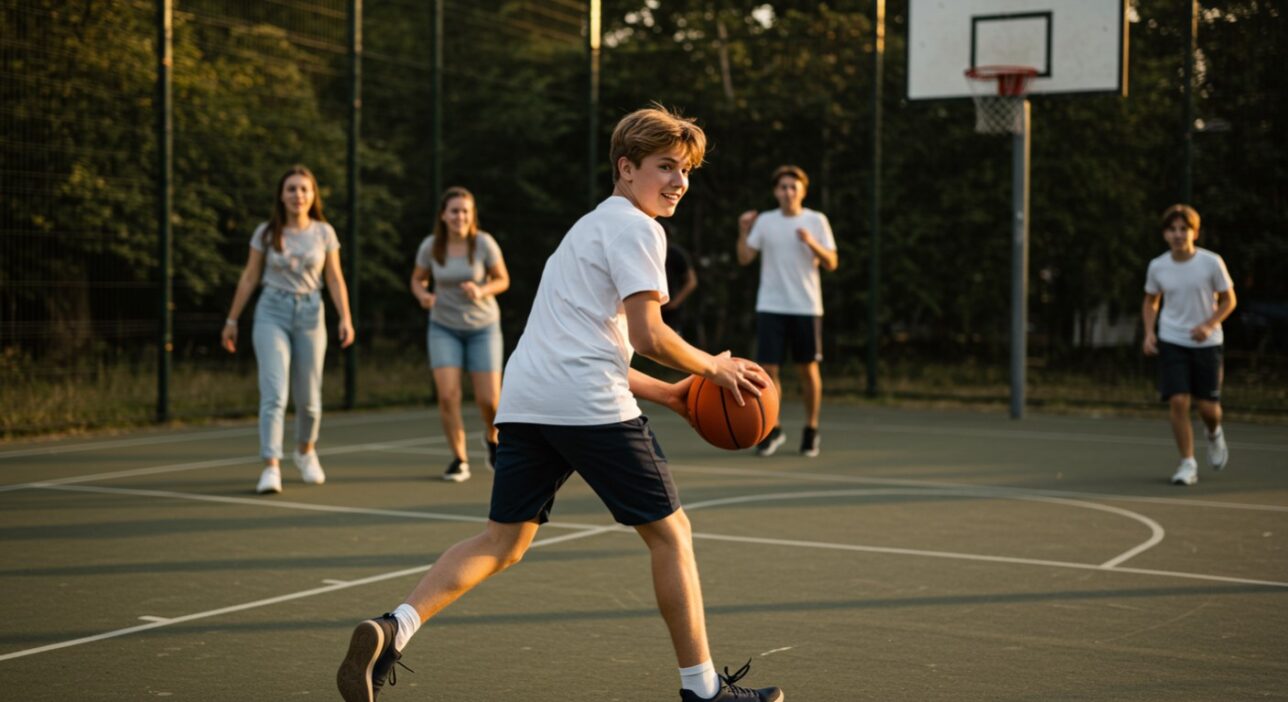
Without feedback, improvement stalls. Video analysis is one of the most effective tools. Recording your shot and comparing it to elite shooters allows you to spot flaws in release, balance, or follow-through. Many modern training apps also provide arc and trajectory tracking, giving precise feedback on shot quality.
Studies of proficient shooters reveal that they maintain a more stable release point with lower variability in joint velocity. Tracking these details may not be possible for all players, but even a simple video review can highlight whether elbows flare, feet misalign, or follow-through is inconsistent.
When adjusting technique, small changes are best. Overhauls mid-season can damage confidence and consistency. Incremental adjustments in elbow position, release timing, or foot placement, repeated with hundreds of reps, gradually lock in improvements.
Mindset, Deliberate Practice and Consistency
Shooting is as much mental as physical. A growth mindset, where misses are treated as feedback rather than failure, helps sustain progress. Research in skill learning shows that players who respond positively to errors improve faster than those who fixate on mistakes.
Deliberate practice matters more than random shooting. High-volume repetition only builds bad habits if form is incorrect. Instead, players should focus on sets of shots with specific goals, such as achieving a consistent arc or reducing misses to one side.
Consistency is key. Daily or near-daily practice, even if only for 20 minutes, builds muscle memory more effectively than sporadic long sessions. Simulating pressure also helps, whether through defenders closing out, countdown clocks, or shooting after conditioning drills. These practices ensure that skill transfers from training to games.
Advanced Tips for Seasoned Shooters
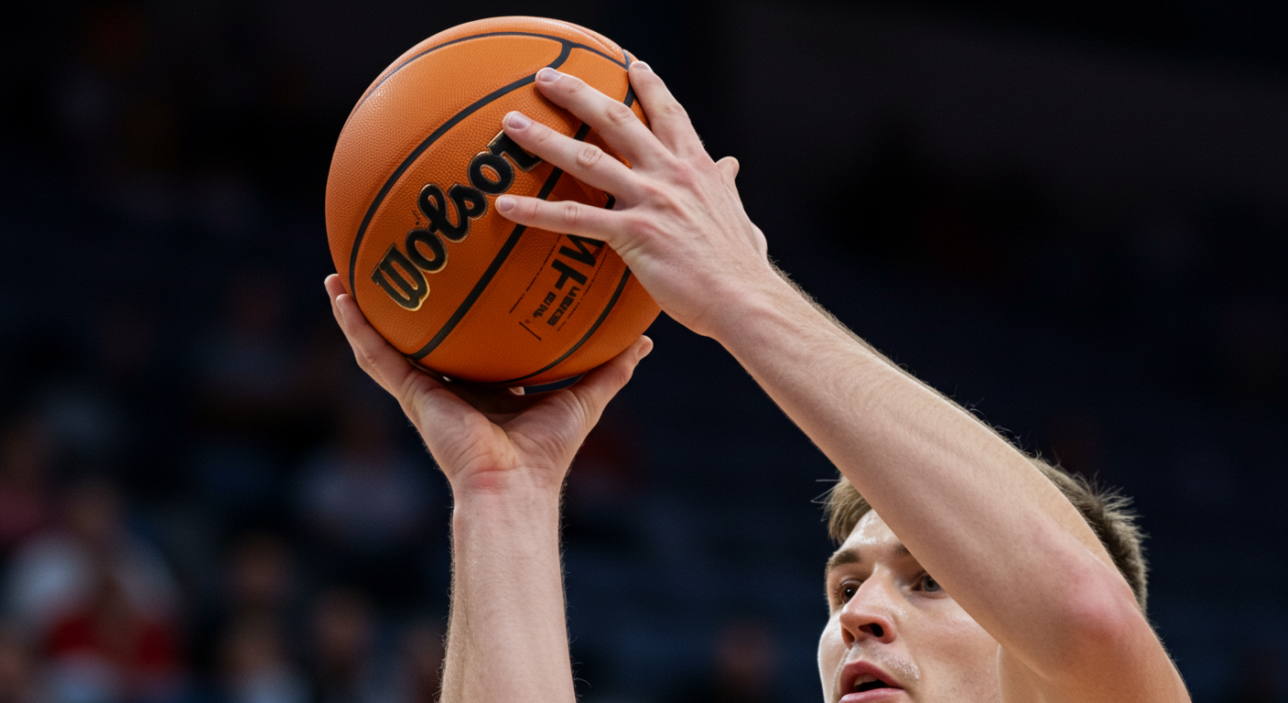
Once fundamentals are mastered, advanced players should refine rather than reinvent their shot. Situational drills are effective, such as catching off screens, executing quick releases at the end of the shot clock, or shooting after physical contact.
Smart shot selection separates efficient scorers from volume shooters. Analysing personal shooting charts reveals high-efficiency zones, allowing players to focus on strengths while improving weaker areas.
Mental routines can enhance consistency. Elite shooters often use pre-shot rituals, visualisation, or breathing techniques to control nerves. These routines help stabilise performance under high-pressure situations.
Common Mistakes That Stall Progress
Several errors commonly prevent improvement. Focusing on volume without technique leads to ingrained flaws. Ignoring footwork or balance undermines mechanics even if the release looks correct. Shooting while tired, particularly with poor form, builds bad habits.
Another mistake is making drastic changes mid-season. While minor adjustments can be effective, large overhauls during competition disrupt rhythm. Structural changes should be reserved for the off-season when there is time for adaptation.
FAQs
How many shots per day is ideal?
Between 300 and 500 deliberate, form-focused shots per day is often recommended, though quality matters more than raw volume.
Can older players still significantly improve their shot?
Yes. While physical decline may affect speed and stamina, shooting relies heavily on technique and muscle memory, which can improve at any age with practice.
Does form shooting transfer to games?
Yes, if paired with progression into game-like scenarios. Form shooting builds mechanics, but live drills are needed for transfer under pressure.
When should you change mechanics versus refine them?
If a flaw clearly limits accuracy or range, structural change is justified. Otherwise, refinement of existing form is usually more effective.
Conclusion: The Best Path to a Better Basketball Shot
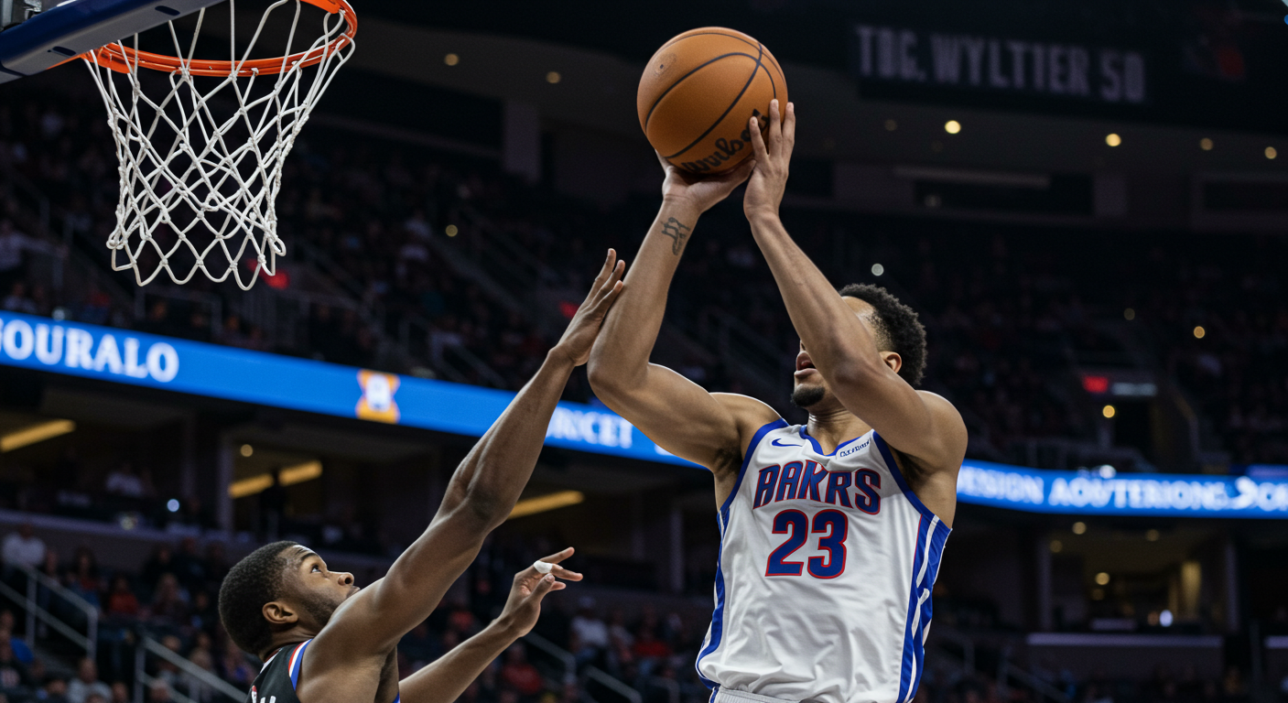
Improving your basketball shot is a process that combines biomechanics, foundational drills, progressive game-like practice, strength and conditioning, feedback tools, and a resilient mindset. Players should expect gradual gains rather than instant results. With consistent, deliberate practice, most players see measurable improvement in weeks and significant transformation across seasons.
The best way to improve your basketball shot is to commit to fundamentals, build progressively into game situations, strengthen the body, use feedback to refine technique, and practise with purpose. Choose one weak zone, track progress for six to eight weeks, and then repeat the process. Improvement comes step by step, and with patience, your shot can become the most reliable weapon in your game.
